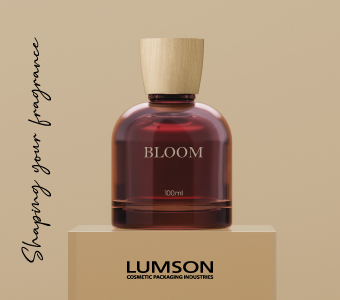
Conditioning cationic surfactants are used ubiquitously in rinse-off and leave-on hair care formulations to improve wet and dry combability and repair damaged hair. Skin care formulations with high emollient loadings benefit from cationic surfactants used as oil-in-water emulsifiers in order to improve the stability and aesthetics of these high oil content formulations. The majority of cationic surfactants used in personal care applications are quaternary ammonium species or “quats”, which bear a permanent cationic charge independent of solution pH. This includes common quats such as Behentrimonium Chloride and Distearyldimonium Chloride.
Challenges with cationic surfactants
Quaternary ammonium surfactants have potential risks associated with them that may carry over into formulations and a product’s life cycle. Environmental toxicity has become an increasing concern with quaternary ammonium surfactants because they demonstrate strong potential for aquatic toxicity and environmental persistence. [1] Additionally, quats are not possible to manufacture as a 100% plant-derived compositions because the quaternary ammonium head groups require some petrochemical-derived carbon content.
Green chemistry advances
The 12 Principles of Green Chemistry, published in 1998 by Anastas and Warner, have promoted significant advances in molecular design for improved sustainability. [2] These principles guide development of safer chemicals made from renewable feedstocks and produced with superior environmental profiles. The increased availability of renewable, bio-based alternative feedstocks has provided a pathway for innovation in the cationic surfactant category.
Brassicamidopropyl Dimethylamine is an example of a plant-derived amidoamine based on a renewable feedstock, Brassica Campestris (rapeseed) Oil. This oil provides superior performance to conventional oils used to manufacture cationic surfactants due to its unique and naturally occurring C18:C22 ratio. In a dry combability test, the Brassicamidopropyl Dimethylamine decreased combing force by 60% versus untreated control, compared to a 39% decrease from Behenamidopropyl Dimethylamine (BAPDMA, C22) and a 5% decreased from Stearamidopropyl Dimethylamine (SAPDMA, C18). Additionally, Brassicamidopropyl Dimethylamine is produced according to the Principles of Green Chemistry. [3] This results in a novel production process that provides a significant decrease in energy and water consumption. The molecule is also Readily Biodegradable according to OECD 301B test criteria.
The next evolution in green chemistry design for cationic surfactants is the production of high performance cationic surfactants derived entirely from plant sources. This innovation was accomplished in 2009 with the development of a novel technology platform: amino-acid based cationic surfactants (AABCs). This unique molecular design incorporates a cationic ammonium head group and a biodegradable ester linkage, both derived from a naturally-occurring amino acid, and a lipophilic alkyl tail group derived from vegetable fatty alcohols. The synthetic process is strongly aligned with the Principles of Green Chemistry. It employs a solvent-free, one pot process that yields no waste, i.e. the only byproduct is water. The resulting AABC surfactant is nontoxic to humans and the environment, and it is readily biodegradable. The first introduction in this space was Brassicyl Isoleucinate Esylate. This 100% renewable cationic surfactant provides hair conditioning benefits and a reduction in hair breakage without building up on hair. It also has strong emulsification power for creating oil-in-water formulations with a desirable sensory performance. The AABCs technology platform provides a module for future innovation in the category of cationic surfactants. Both the amino acid and the lipophilic alkyl tail group can be modified to produce novel effects on skin and hair while still maintaining the environmental and safety benefits inherent to the molecular design and sustainable manufacturing process.





























